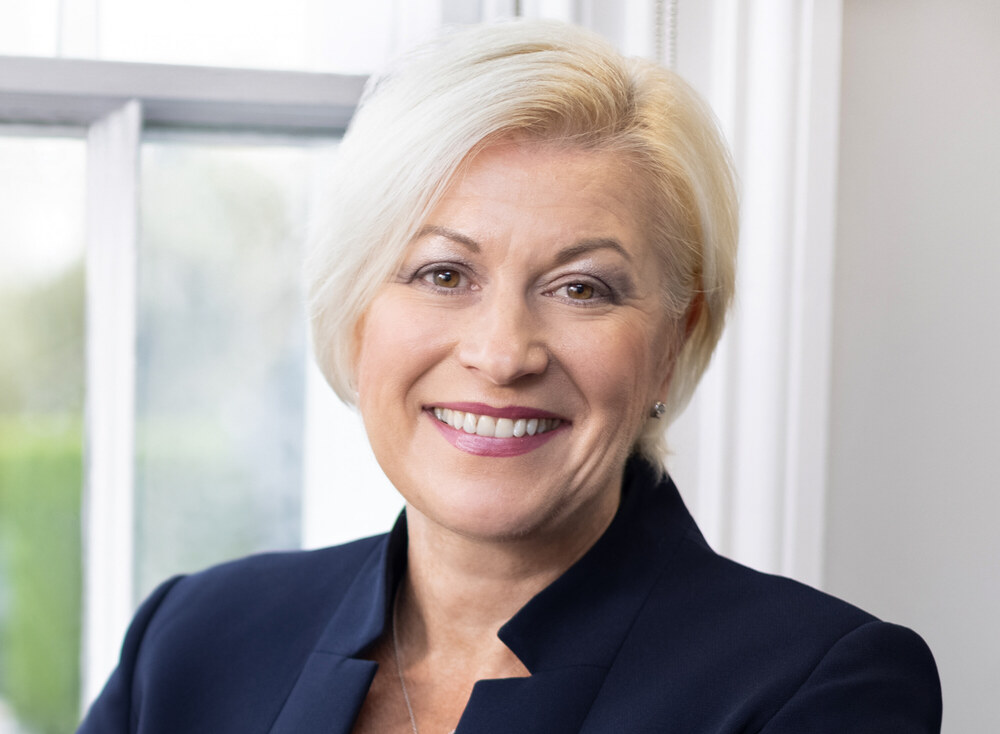A new guide from global professional services company Aon plc has identified two major age-related trends that are merging to create issues in the workplace: an increasing number of workers with caring responsibilities and the rising average age life expectancy.
According to Aon, this pressure is affecting increasing numbers of individuals which will in turn pressure employers by impacting absence, productivity, employee health, diversity and inclusion and retirement.
Key statistics highlighted by the report include:
- By 2040, one in six workers will balance their job with caring responsibilities[i]
- Unpaid carers provide approximately £132 billion worth of care each year[ii]
- 2.6 million people have given up working altogether to provide care, a 12% increase from 2013[iii]
- Almost half of workers with caring responsibilities describe their situation as stressful, with 20% falling ill themselves[iv]
Mark Witte, principal, Health Solutions UK at Aon, said:
“This issue is about eldercare in its broadest sense. On one hand, we have employees in the sandwich generation, looking after both their own children and elderly parents. These individuals are concerned not only about looking after younger and older dependents, but also themselves as they move into their old age. The pressure is acute, impacting their mental, physical and financial health, which in turn impacts productivity at work. For employers, on the other hand, the situation is likely to grow, with a particular consideration for women as they are more likely to manage caring responsibilities.
“At a minimum, this issue will impact productivity, absence, healthcare costs and retirement age, as well as diversity and inclusion. Neither the government nor employer eldercare eco-systems are currently strong enough to manage the likely strain.”
Aon’s report outlines the scale of the issue in the UK:
- Unpaid carers provide approximately £132 billion worth of care each year, but with numbers of dependents set to increase due to the aging population, this will likely bring greater costs.
- One in seven employees – 4.87 million – are currently balancing their jobs with caring responsibilities. This will rise to one in six employees by 2040.[v]
- Approximately 2 million people have already reduced their working hours to care for a dependent and 2.6 million have given up working altogether, while more than two thirds of carers are using their own income and savings to cover the cost of care.[vi]
- Adults are also having children later, meaning they are more likely to have both elder dependents and child dependents at the same time. Women, in particular, are more likely to have given up work due to multiple caring responsibilities, with 60% of informal carers in the UK being women.
- An insecure retirement income, after a rise in the retirement age, a drop in access to a defined benefit pension and low levels of investment returns, means there’s a lack of money to pay for care.
- In the UK, average life expectancy has increased from 75 to 81 over the past
30 years and projections are that life expectancy will continue to rise to over 85 by 2040.vii
Witte added:
“Given the wide-ranging impacts of the aging population, there are a number of ways employers can take action. Some are more easily established, such as policies, services and benefits that can be formed to create a programme of support. In time, an eldercare eco-system could include support for both short- and long-term care, assisting with searches for residential care, facilitating home modifications for adult dependents, flexible working hours, financial wellbeing and helping to promote a healthy life through emotional and physical wellbeing programmes.
“Understanding employee data will help employers develop the most relevant response. Some potential metrics may be easier to point to such as absence or engagement data. In other areas, value is harder to measure, such as the impact on productivity or presenteeism, but action should ultimately support all aspects of individual wellbeing. The aim here for employers is to create stronger, more resilient employees, who are able to cope better with the stresses of modern life.”
You can read the full guide, The Aging Population: Why it’s time to take notice, here.
References:
[i] Carers UK: Caring Behind Closed Doors, October 2020
[ii] https://publications.
[iii] Carers UK: Caring Behind Closed Doors, October 2020
[iv] Figures taken from the ‘Invisible Carers’’quantitative study of 2,004 working carers (2017, Atomik)
[v] Carers UK: Caring Behind Closed Doors, October 2020
[vi] Carers UK: Caring Behind Closed Doors, October 2020
vii. United Nations Data (our world in data)
















